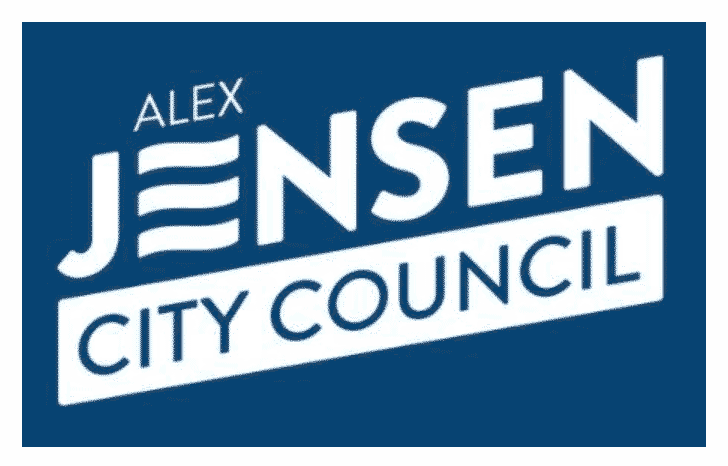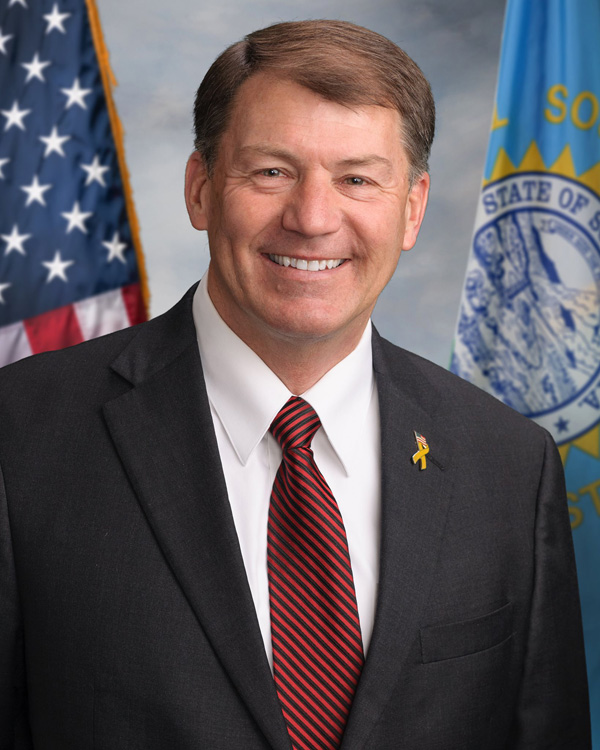The Argus Leader is reporting today that despite the cost to do so, Theresa Stehly is sparing no expense and will be demanding the first ever recount for a Sioux Falls City Council race:
As Stehly had already made clear, she’ll be asking for the first-ever recount in a City Council race, which she reaffirmed on Tuesday night.
and…
Greco said he did not have an exact cost for the recount, but said that a “reasonable estimate” would be $1,500 per day.
Read the entire story here.
Frankly, this seems to be an exercise in vanity more than anything, in the day and age where ballots are counted by machine. Years ago, when ballots were marked and counted by hand, you might be able to effectively argue votes. Now in the days of machine ballot tabulation – good luck with that one. There would have to be a massive screw-up to change the kind of numbers that Theresa Stehly needs to win.
Fox example, look at the last general election, where Sen. Blake Curd’s race went to recount in a close vote:

Curd ended the night with a slim margin of 27 votes after the canvass and a recount was requested.
How far did the recount move the margin? In Minnehaha County, the recount dropped 2 votes for Curd, and added none for his opponent. Two votes.

In the Lincoln County portion of the district, he lost another vote, again, picking up none for the opponent. That’s ONE.

Between the official canvass, and the recount, Curd lost a total of three votes, and his opponent picked up none. Zilch.
Outside of a massive error that would have to had been missed by the official canvass board, in the day and age of machine tabulation, I sincerely believe there’s no way that they’re going to mysteriously discover a collective error of as many votes as Stehly needs.
Stehly lost by 109 votes in a close race. No matter how much she wants to spend in taxpayer funds, or whines about people picking on her, the result is not going to change.
Interestingly, Theresa’s supporters are out throwing sewage on the process already, claiming that the person who Alex Jensen may choose to represent himself in the recount is a “rat from the SD GOP.” Nice. That might be the largest ‘tell’ in all of this as to why she was only the third incumbent ever ousted from the City Council.
Considering the closeness of the vote, and the historic and overwhelming resistance of Sioux Falls residents to change – especially in the middle of a crisis such as COVID-19 – if Theresa and her supporters had channeled all that nastiness and negativity into running anything resembling an actual campaign, she wouldn’t be in the losing position.
But enough voters had decided they’d long seen too much of what Theresa brought to the table. And they sent her on her way.













